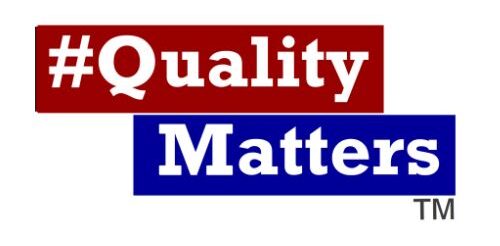Podcast: Play in new window | Download (Duration: 21:16 — 22.4MB) | Embed
Subscribe: Apple Podcasts | Spotify | TuneIn | RSS | More
In our first episode of this mini-series, we discussed what led Mayo Clinic to developing a quality program and how they decided a blend of methods was best. We ended with Mayo Clinic assessing their system and knowing that to get standardized best practices across 50 locations, they would need fundamental changes toward customers, workforce, operation, and information and knowledge management. In this episode, we discuss all of that, and a little more.
Customers: Mayo Clinic realized the immediate patient was their customer, but there are so many more stakeholders. They developed key questions to help develop best practices for all stakeholders.
Workforce: Mayo Clinic had to consider what the entire workforce would need to meet this new challenge. So, they developed cross-functional teams…not just physicians decided, everyone was involved. They also added engineers to the teams to help with process improvements.
Operations: This was interesting. Mayo found that some clinics had excellent work systems, but they were too difficult to scale. So, they created a system to identify what to improve, tools and methods needed to make improvements, and how to sustain the change in a cost-effective manner.
Information and Knowledge Management: This was a big challenge. They wanted a software that could capture valid and reliable data, and codify and share the data across the organization. They realized they would need a carefully designed deployment plan to get everything to act in concert. Mayo wanted to preserve the founders’ intent to create excellence in healthcare while being ready to change everything else.
So far, Mayo Clinic hasn’t changed anything, they are still preparing and planning for the changes to come. In attempt to approach the challenge of change, leaders asked questions and identified what caused barriers to their desired outcomes and what happened day to day.
Mayo developed a Quality Construct to illustrate how culture, engineering and execution align with their vision to provide the best care to every patient, every day.
This episode ends with discussion of one of their first projects to actually deploy after planning-the Fair and Just Culture-which encourages every member of a medical team to report anything that doesn’t seem quite right without fear of reprisal.
In our last and final episode, we wrap up this article with some numbers.
Learn more about #QualityMatters & Texas Quality Assurance:
Learn more about #QualityMatters & Texas Quality Assurance :
LinkedIn | Facebook | Twitter | Instagram | YouTube
www.qmcast.com | Texas Quality Assurance
